Understanding the Importance of a Dog Collar and Leash
For pet owners, ensuring the safety and comfort of their furry companions is of utmost importance. Among the essential accessories in a dog owner’s toolkit, the dog collar and leash stand out as crucial pieces of equipment. They not only provide functionality but also play a vital role in enhancing the safety, training, and comfort of dogs during walks and other interactions. This article delves into the multifaceted world of dog collars and leashes, exploring their significance, types, selection criteria, training applications, and maintenance practices.
The Role of Collars in Dog Safety
Dog collars are often seen as mere fashion statements or accessories. However, they serve vital safety purposes. A well-fitted collar is essential for containing an ID tag or microchip information, offering essential contact details should your pet become lost. Moreover, collars play a significant role in control during walks. Having a secure collar allows you to guide your dog effectively, ensuring they don’t wander off into dangerous situations such as traffic or hazardous areas.
Additionally, collars can also assist in various training exercises. For example, using collars designed specifically for training can help reinforce obedience by providing gentle corrections when needed. This instructional power underscores why selecting the right collar is a fundamental aspect of responsible dog ownership.
Why Quality Leashes Matter
Much like collars, the quality of a dog leash can greatly influence your dog’s safety, comfort, and overall training success. Quality leashes are designed to withstand pulling and jerking, thus preventing potential accidents or injuries. A good leash gives you the control needed to properly guide your dog while walking, running, or engaging with other animals. Additionally, the choose leashes can vary in length, allowing you to adjust the distance between you and your dog based on the environment. For instance, a longer leash provides more freedom for exploration, while a shorter one is ideal for crowded areas.
Furthermore, premium materials in leashes can offer additional benefits such as weather resistance, durability, and ease of cleaning. Investing in a high-quality leash promotes peace of mind that your furry friend is secure, displaying a level of quality that corresponds with the dog’s active lifestyle.
Matching Style and Functionality
In today’s pet accessory market, aesthetic appeal is just as important as functionality. Pet owners are increasingly looking for collars and leashes that reflect their dog’s personality while serving pivotal roles in safety and training. Options range from vibrant prints to classic leather styles, providing a vast array of choices for every dog lover.
However, striking the right balance between style and utility is key. For instance, a fashionable collar should not compromise on comfort or safety, and it should always fit snugly without causing discomfort. It’s essential to consider materials and designs that reflect your dog’s character while meeting the practical demands of everyday wear and usage.
Types of Dog Collars and Leashes Available
Standard Collars: Materials and Features
Standard dog collars come in various materials, including nylon, leather, and fabric. Nylon collars are popular due to their durability and accessibility, available in many colors and patterns. They regulate weather conditions well, making them suitable for everyday use. Leather collars, on the other hand, offer a classic look and can be quite durable if properly maintained. They’re often softer than other options, ensuring comfort around the neck.
Additionally, some collars come equipped with features such as quick-release buckles, reflective surfaces for visibility during night walks, and adjustable sizes for a customized fit. With the right material and design, owners can find a collar that meets both aesthetic desires and practical needs.
Adjustable vs. Fixed Leashes: What to Consider
When it comes to leashes, you can choose between adjustable or fixed options. Fixed leashes provide a consistent length, which can be beneficial for control and training purposes. These leashes often suit dogs that require more structure during walks or are in training environments where focus is essential.
On the other hand, adjustable leashes allow pet owners to modify the length, offering versatility in different environments, whether hiking in the woods or navigating a crowded park. The choice between these options typically depends on your dog’s personality and your daily activities. For instance, an adjustable leash can offer the freedom a playful dog craves while still giving you the option to reel them in when necessary.
Specialty Collars: Harnesses and Training Tools
Specialty collars, including harnesses, can be particularly useful for certain dog breeds or those undergoing behavior training. Harnesses distribute pressure evenly across the dog’s body, providing improved control without straining the neck. This is especially beneficial for larger breeds or dogs prone to pulling. Various training collars, such as martingale or choke collars, are available as well, each serving specific training purposes.
Training tools often emphasize behavior modification, assisting in correcting unwanted behavior while ensuring safety. Owners should thoroughly research and consult with vets or trainers about the best options based on their dog’s needs, ensuring that the collar is not only effective but comfortable as well.
How to Choose the Right Collar and Leash
Size and Fit: Ensuring Comfort for Your Dog
Choosing the appropriate size and fit for a dog collar and leash is paramount. An ill-fitting collar can cause discomfort and may even lead to injuries, particularly if your dog frequently pulls. When selecting a collar, you should typically be able to fit two fingers between the collar and your dog’s neck for a snug yet comfortable fit. Take into account your dog’s breed, neck size, and any potential growth changes when making your selection.
Similarly, leashes should be of a suitable length for your dog’s size and behavior. If you have a larger, more energetic dog, a shorter leash might provide better control, while a longer one could suit more relaxed breeds. Considerations of daily environments and activities help inform the most suitable sizes for collars and leashes.
Durability and Material Considerations
Durability is another critical aspect of selecting dog collars and leashes. Dogs lead active lives, often putting their gear through rigorous use. Hence, choosing materials that are not only appealing but also robust is essential. For instance, heavy-duty nylon or high-quality leather will withstand wear and tear over time, saving you from frequent replacements.
Additionally, examining the construction of both collars and leashes will ensure they meet your durability requirements. Look for reinforced stitching, durable buckles, and testimonials or reviews regarding longevity from other pet owners. Understanding your dog’s activity level can also guide you toward appropriate material choices, ensuring that your gear lasts for years and remains trustworthy during outdoor adventures.
Style Trends in Dog Accessories
As pet ownership continues to evolve, so do trends in dog accessories. Currently, eco-friendly materials are gaining traction, with many owners seeking sustainable options. Collars and leashes made from recycled materials offer eco-conscious consumers a choice that aligns with their values.
In addition to sustainability, designer collars and leashes that feature unique motifs or personalization are becoming increasingly popular. Customizing your pet’s gear not only adds a personal touch but can also serve safety purposes by clearly identifying your pet in public spaces. Keeping an eye on emerging trends can help you select stylish options that meet both your aesthetic preferences and practical needs.
Training Your Dog with the Right Gear
Using Leashes Effectively for Training
The right leash plays a significant role in successful dog training. Whether you are teaching basic commands or working on complex behaviors, the type of leash you use can influence effectiveness. For example, a shorter leash can provide better control during training sessions, ensuring that your dog remains focused on you.
Additionally, employing leashes that allow for hands-free use can be particularly effective when managing multiple tasks. For instance, with a leash that clips around your waist, you can reward your dog while keeping them tethered safely. Such innovations can enhance training experiences while fostering a stronger bond between owner and pet.
Collar Safety Tips During Training Sessions
While conducting training sessions, safety should always be a priority. Ensure that the collar fits well and isn’t too tight to avoid discomfort or injury during corrections. It’s also wise to select collars designed for training that provide methods of gentle correction, avoiding harsh physical restraints.
Furthermore, monitor your dog’s reaction to various equipment and practices. Signs of anxiety or stress could indicate inappropriate gear or training methods being utilized. It’s essential to use positive reinforcement methods that help build trust, making training enjoyable for both you and your canine companion.
Incorporating Play and Fun with Gear
While training is crucial, incorporating play and fun with collars and leashes can enhance your dog’s overall behavior. Making outings enjoyable encourages good behavior as dogs are more likely to associate their gear with positive experiences. Engaging in interactive activities, such as agility courses or fetch, while wearing collars and leashes can contribute to a positive bond and build more resilience to varying situations.
Investing time in fun training sessions also allows owners to use the leash in playful scenarios, reinforcing the idea that walk time is not only for discipline but also fun and bonding opportunities.
Maintenance and Care for Dog Collars and Leashes
Cleaning Your Dog’s Collar and Leash
Regular maintenance is essential to prolong the lifespan of your dog collars and leashes. Daily use can lead to dirt and grime buildup, which can cause irritation to your dog’s skin or decay the material. Simple cleaning routines include hand washing with mild soap and water, followed by air drying. Make sure to check labels for specific care instructions based on the material, especially with leather collars that may require special treatment to maintain suppleness.
For collars with embedded electronics, such as GPS trackers, refer to the manufacturer’s guidelines for cleaning methods to avoid damaging the device.
When to Replace Your Dog Gear
Knowing when to replace collars and leashes is crucial in maintaining your dog’s safety. Signs of wear and tear include fraying, broken clasps, or loss of elasticity in collars. If you notice any of these signs, it’s time to invest in new gear. Additionally, some pet owners opt to replace collars seasonally or when their dog is expected to grow to ensure comfort and safety.
Understanding your dog’s specific behavior patterns can also inform replacement schedules. For example, if your dog is prone to pulling, you may notice their collar showing wear more rapidly, necessitating frequent replacements.
Storing Dog Accessories Properly
Properly storing your dog’s collars and leashes is vital to prolong their lifespan. When they’re not in use, keep the gear in a clean, dry location, away from direct sunlight or damp conditions that could cause materials to deteriorate. Consider using a designated pet accessory organizer to keep everything neat and easy to access, avoiding tangling or damage.
Regularly inspecting your storage area can help prevent unexpected issues, ensuring that your dog’s gear is always ready for safe, fun outings.
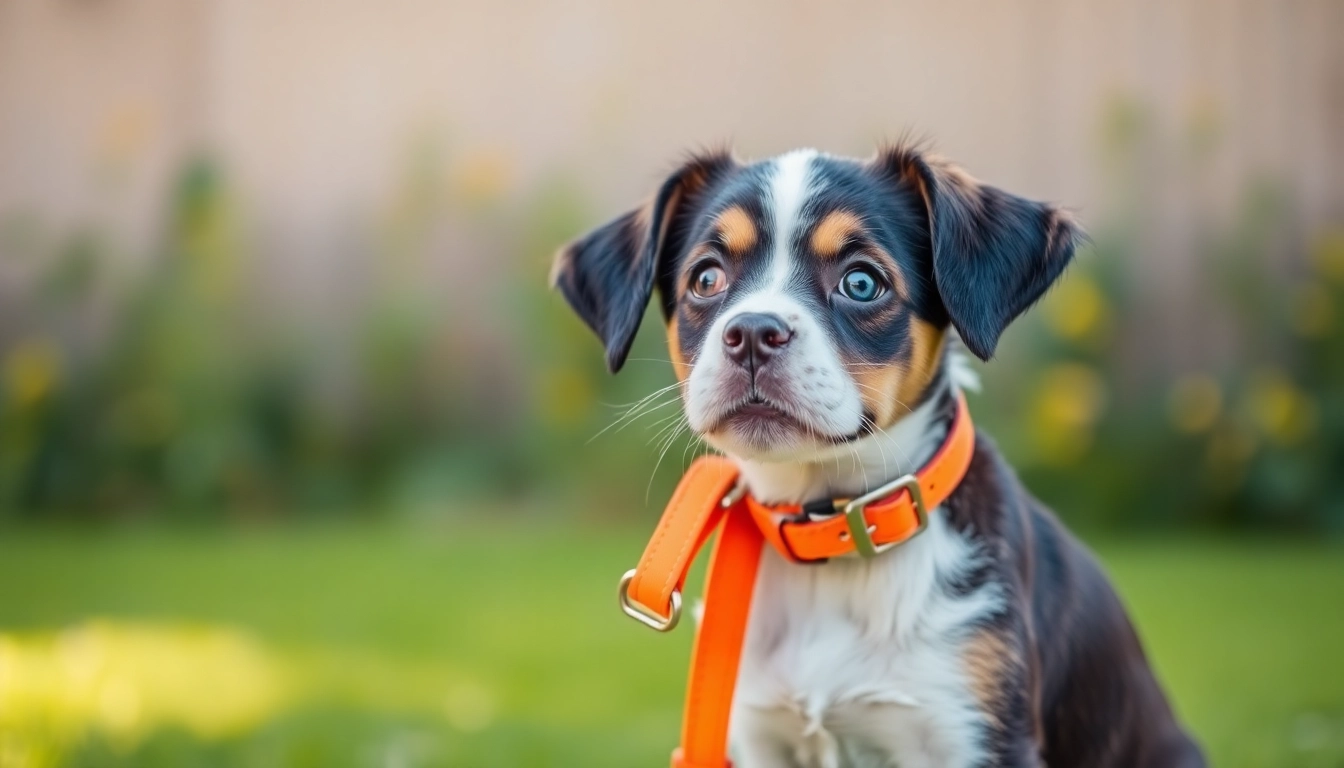

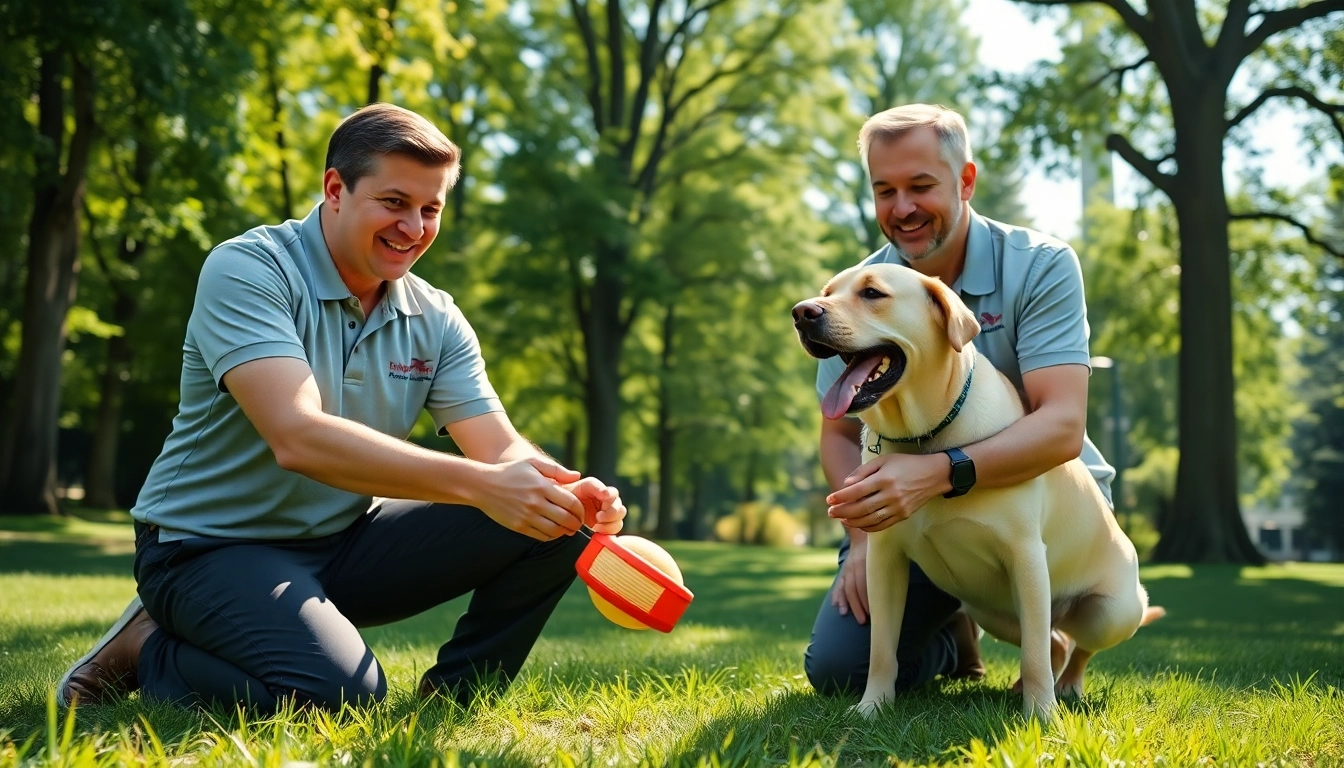
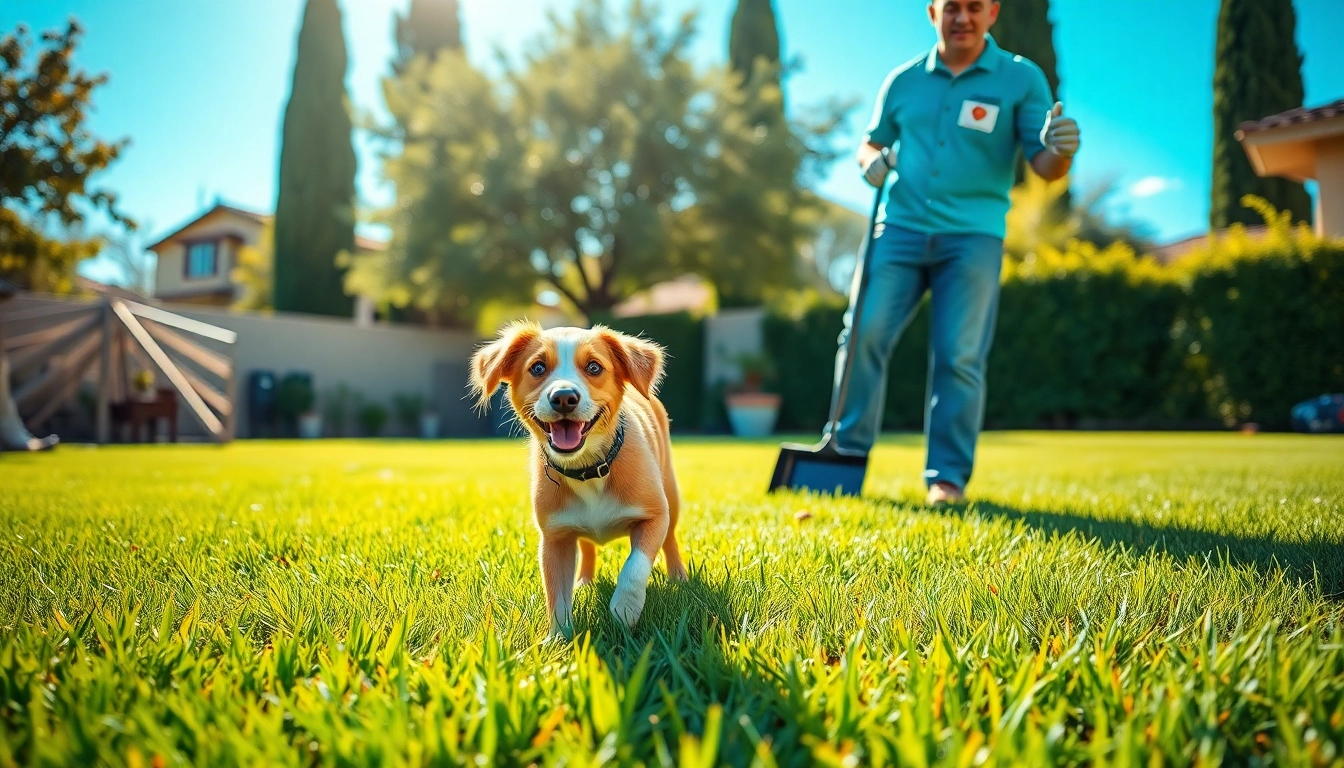
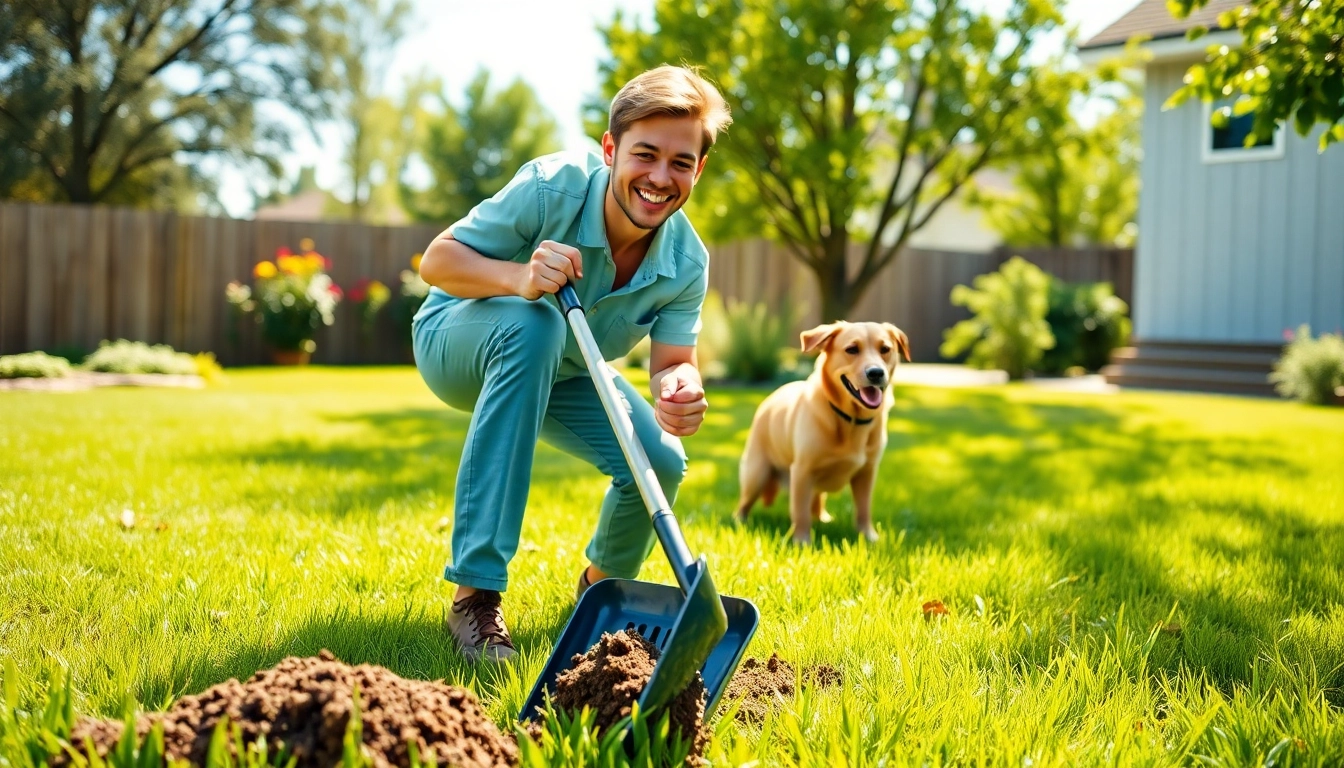
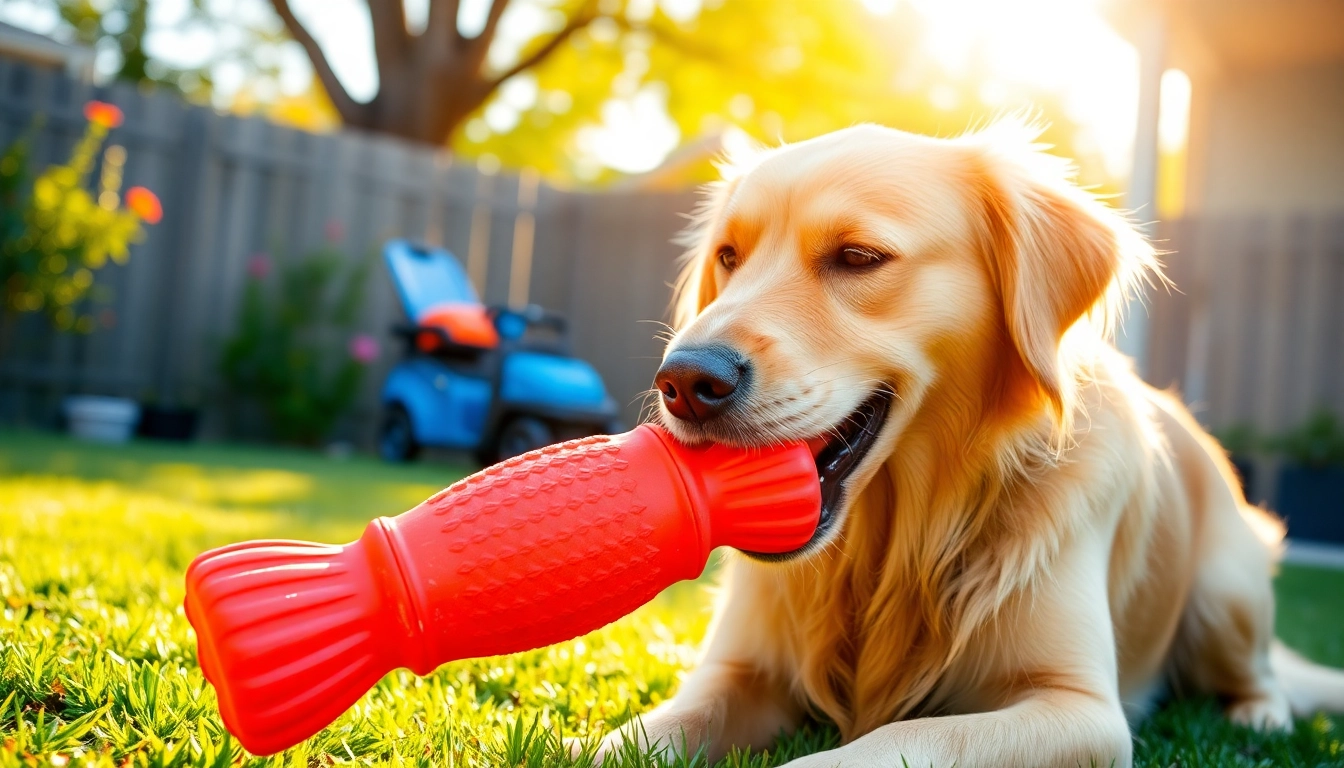
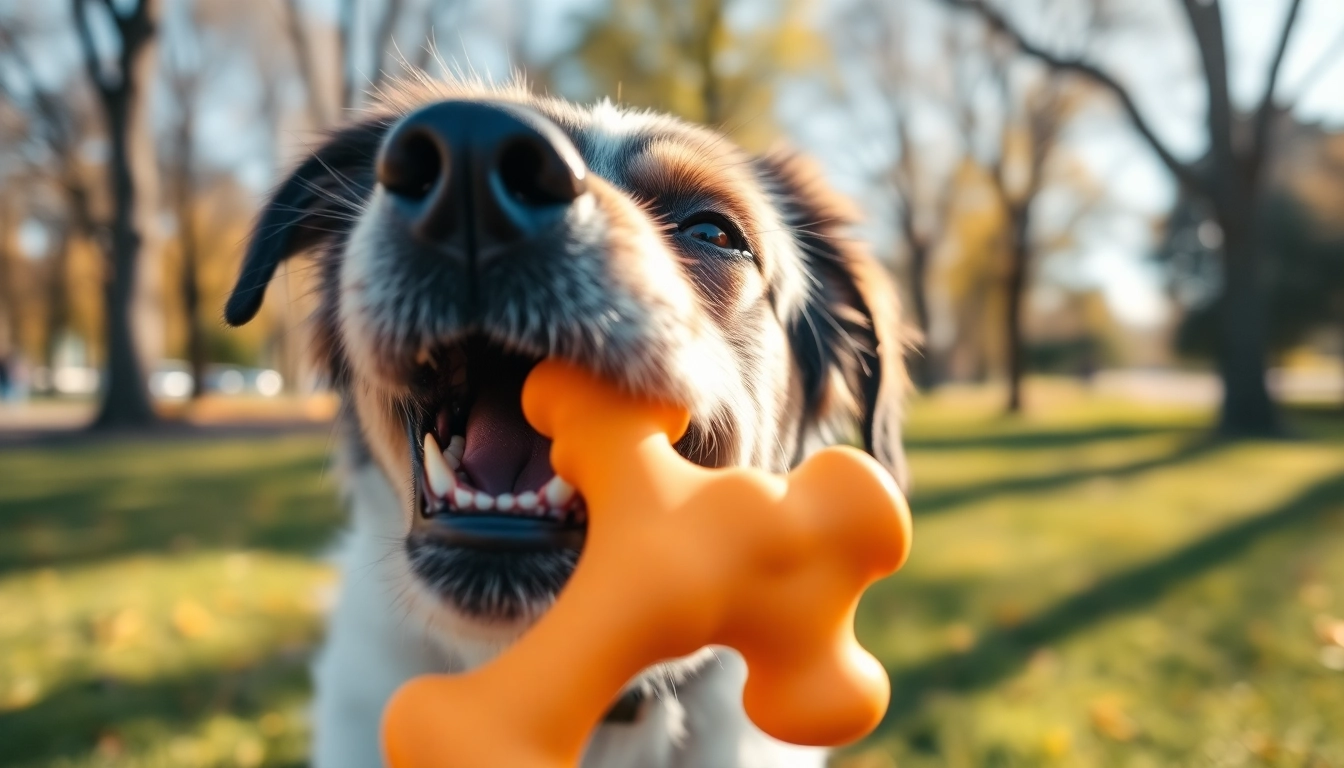


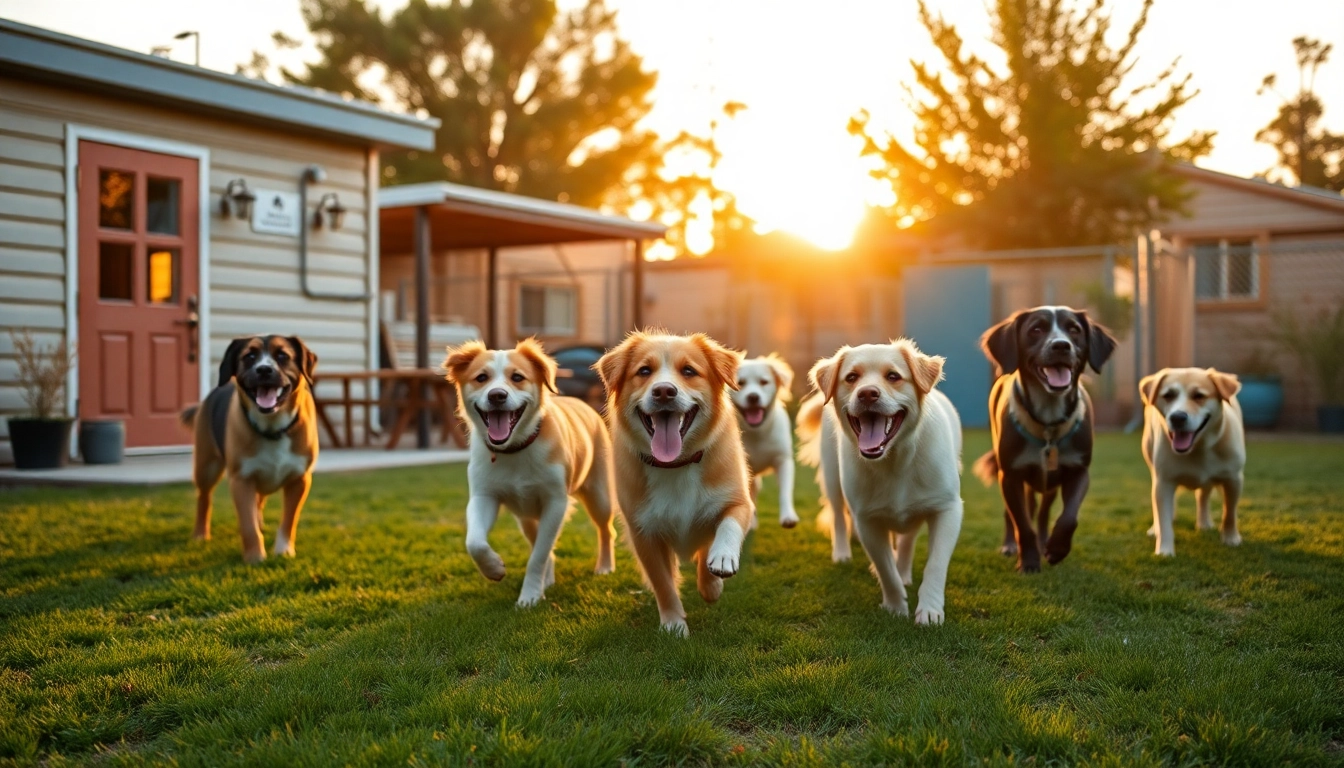
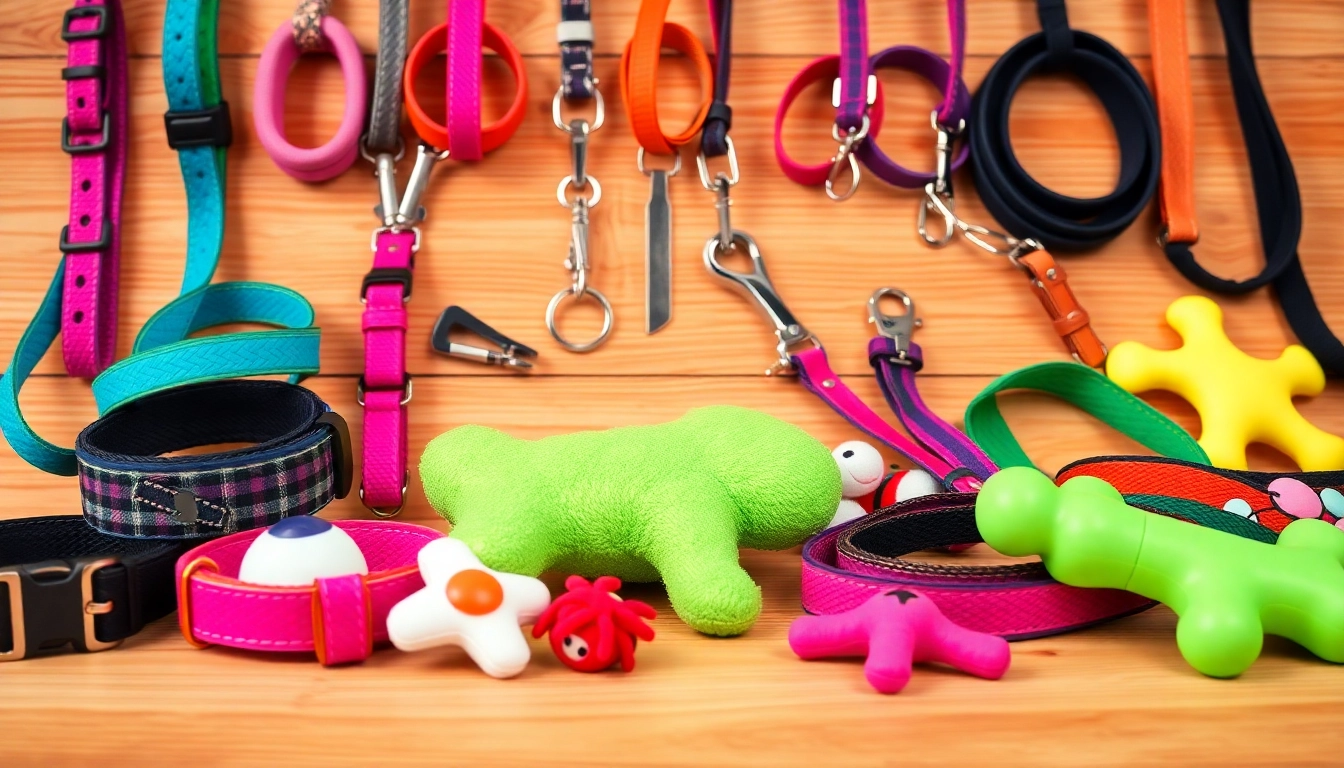


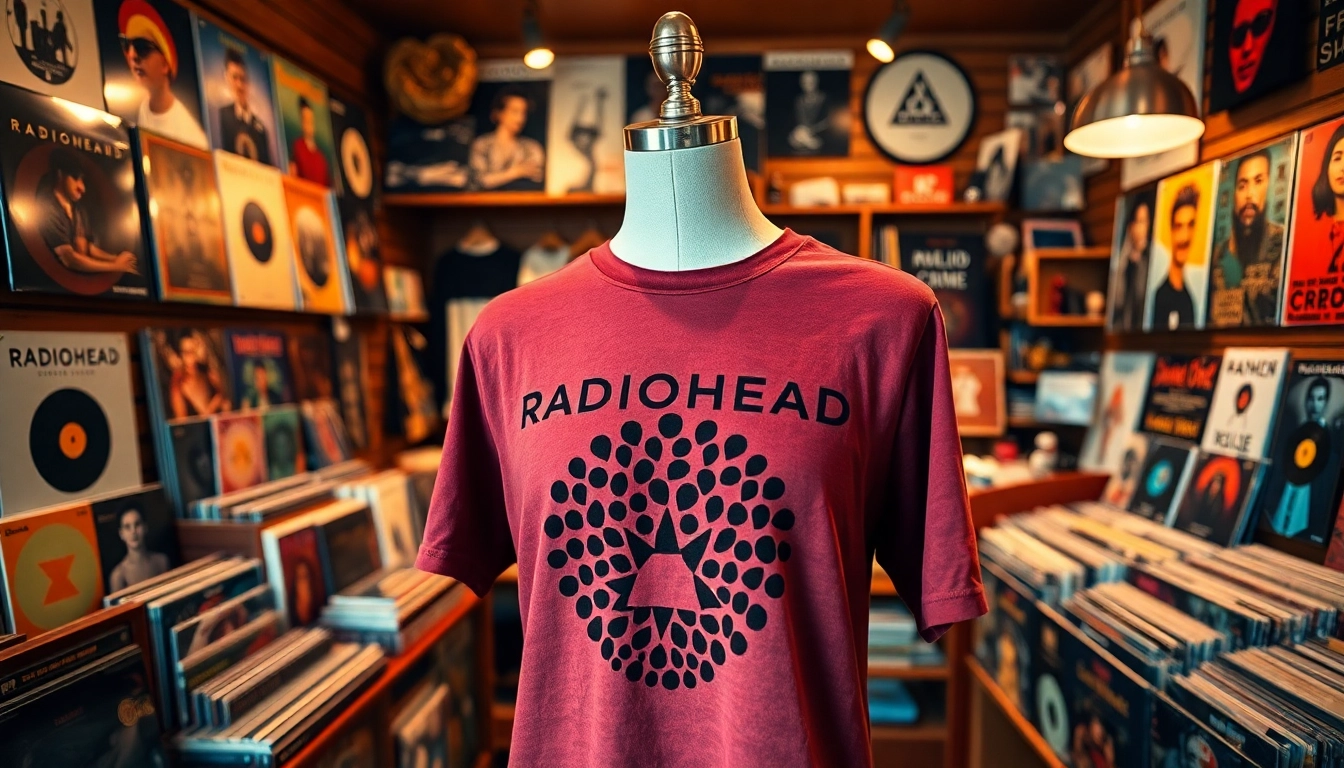

Leave a Reply